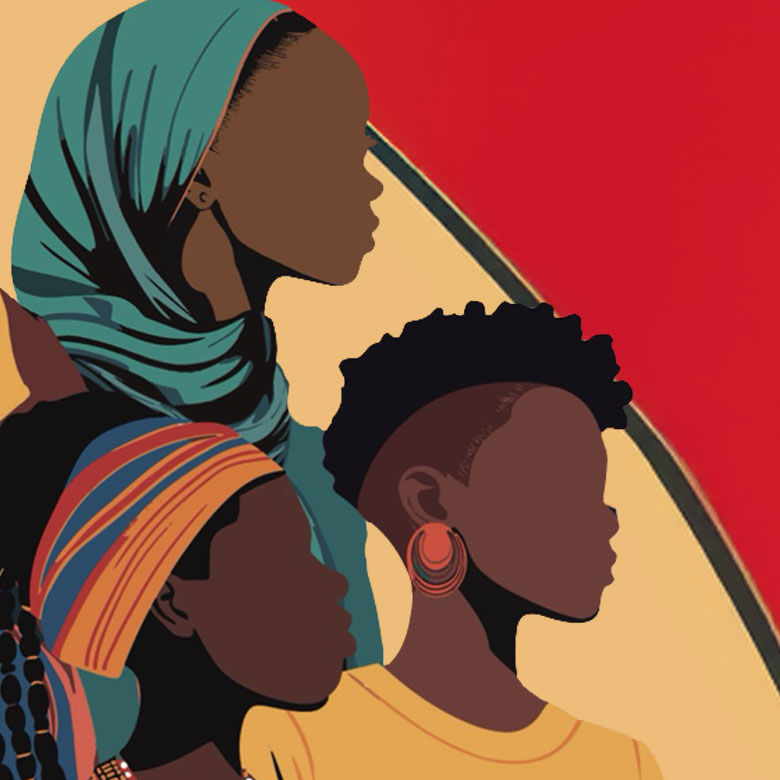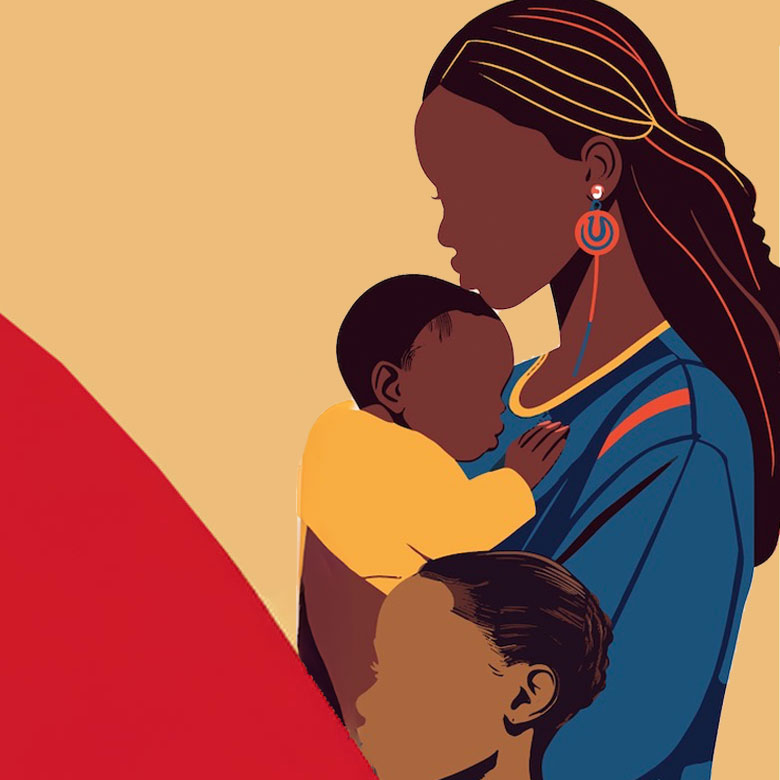Investing in adolescent girls yields high returns: Every dollar invested in adolescent girls’ empowerment by 2040 can generate more than a tenfold return in economic impact, with potential gains of $2.4 trillion.
Currently, 40 percent of 15- to 19-year-old girls in Africa are out of school and not working or are married or have children, compared to 12 percent of boys – highlighting the urgent need for action.
Girls’ experiences vary widely across Africa: Over half of African girls ages 15 to 19 are out of school or married or have children. The disparities with boys are stark: 26 percent of adolescent girls are neither working nor in school (compared to 9 percent of boys), and 27 percent are married or have a child (compared to 3 percent of boys). Despite high enrollment rates among younger adolescents, these challenges intensify as girls transition through adolescence.
Evidence-based solutions exist but context matters: Rigorous studies demonstrate that various interventions can effectively improve girls' education, health, economic opportunities, and overall empowerment. However, success depends on tailoring these interventions to girls’ specific circumstances, local contexts, and implementation capacity.
The report identifies five groups of countries - Delayers, Educators, Generalists, Laborers, and Survivors - each with distinct patterns in girls’ schooling, work, marriage and childbearing. These categories strongly correlate with countries' legal environments and can help guide targeted interventions. For example, “Delayers” have strong legal frameworks supporting women’s economic participation, while “Educators” have robust education-focused laws. This categorization provides a practical tool for policy makers to identify similar challenges across countries and adapt proven solutions to their context.
While we know what works for some outcomes, important evidence gaps remain, particularly around supporting married adolescents and young mothers, and understanding cost-effectiveness of different approaches at scale.






